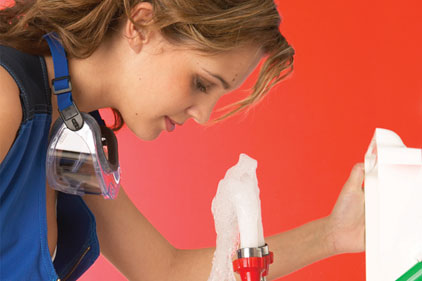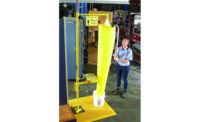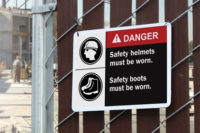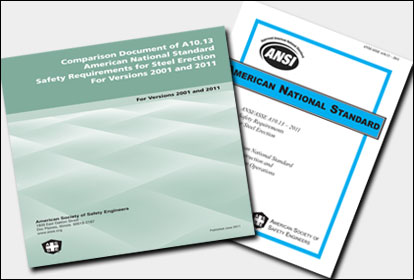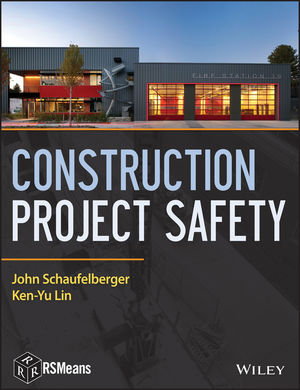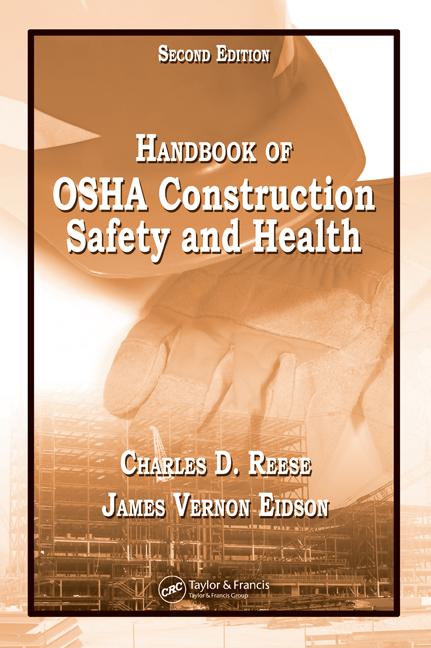Successful decontamination depends on the right equipment, in the right place, easily accessible and in good working order. With the wide range of showers and eyewash units now available, selecting the best option for a particular location and hazard can seem quite confusing. In reality, it is much less complicated.
Types of equipment
All showers and eyewash units are designed for either indoor or outdoor use.
Outdoor showers are further divided into those intended for use in hot or cold climates. Cold climates require insulation and heating to protect against frost damage and to keep the temperature of the water at a comfortable level to avoid putting the casualty into shock. For use in hot climates, showers should either be insulated or fitted with self-draining valves to ensure that no water remains in the standpipe after use, thereby eliminating the risk of standing water being heated by the sun. Some hot climates require the showers to have refrigeration.
Showers can be permanently plumbed into the main water supply. Where water pressure is low or unreliable, tank showers provide the best solution. Models are available for use indoors and outdoors and will usually have optional features such as chillers and heaters for use in hot and cold climates. They have an integral storage tank to give some measure of independence from the main water supply. Some of the larger capacity units 1,200 liters and above can deliver a sufficient flow of water for the recommended minimum period defined in the industry standards.
Eyewashes are often supplied as an option fitted to plumbed-in safety showers. In addition, some manufacturers offer the option of a hand-held shower.
Industry standards
The most commonly used and quoted is the American standard ANSI Z 358.1 2009 that specifies 20 gallons (76 liters) a minute for at least 15 minutes. This applies to both plumbed-in and tank showers and is generally accepted worldwide.
Easy access for casualties
The ANSI standard recommends that it should take no more than ten seconds to access a shower or eyewash which should be on the same level as the hazard.
For indoor showers, most manufacturers offer a choice of wall or ceiling mounting, for use where floor space is restricted, as well as free-standing units. Unobstructed access is vital, as the casualty may not be able to see clearly.
Tepid water
Installing a safety shower doesn’t always guarantee it will be effective. There is one other important consideration that could decide if your shower is used properly in an emergency — water temperature.
The ANSI Z 358.1 2009 standard recommends that water delivered from an emergency safety shower should be tepid, which means a temperature between 60° and 100° F (16° and 38°C). It also recommends a minimum flow of 20 gallons a minute for at least 15 minutes.
Design considerations
Effectiveness, reliability and service life depend on good design.
Equipment must be accessible and easy to operate, even if the victim has impaired vision. Hand-pull levers, panic bars or walk-on foot controls can be used to operate a stay-open ball valve to deliver a continuous drench for the ANSI recommended 15 minutes. The casualty must be able to remove contaminated clothing without having to hold on to a spring return valve.
Similarly, for eyewash units, fast action is crucial with the water supply activated by pulling a handle or pressing a treadle foot control. For units that have an integral cover, the supply can be activated by simply lifting the lid. The unit should operate leaving the victim’s hands free to hold the eyes open throughout the irrigation.
Showers are likely to stand idle for long periods but they must be reliable and ready for immediate use — and that often depends on the choice of components and the overall quality of construction.
Actuating devices are also critical components and should be jam proof, robust and corrosion resistant. In fact, corrosion is probably the biggest single threat to reliability. Larger manufacturers offer the choice of galvanised or stainless steel pipework.
Powder coating on stainless steel eliminates corrosion on pipe work, operating handles and linkages, particularly in corrosive environments. Obviously there is a price consideration as stainless steel is more expensive. Where galvanised steel is used, the galvanising of the components should always be done after any fabrication (welding etc.), otherwise there is a risk that the coating may be damaged and therefore be susceptible to corrosion.
For eye/facewash bowls, acrylic capped Acrylonitrile Butadiene Styrene (ABS) and Glass Reinforced Plastic (GRP) are good materials. Stainless steel can be affected by the chemicals used on a lot of sites.
Selecting the right equipment and making it easily accessible are the first steps toward providing effective first aid. Ensuring that your investment in safety continues to pay off in the future depends on regular servicing. Whether you carry it out in-house or take out a contract with a service supplier, it is the only way to ensure your emergency safety showers and eyewashes continue to deliver their specified performance and provide reliable protection.
